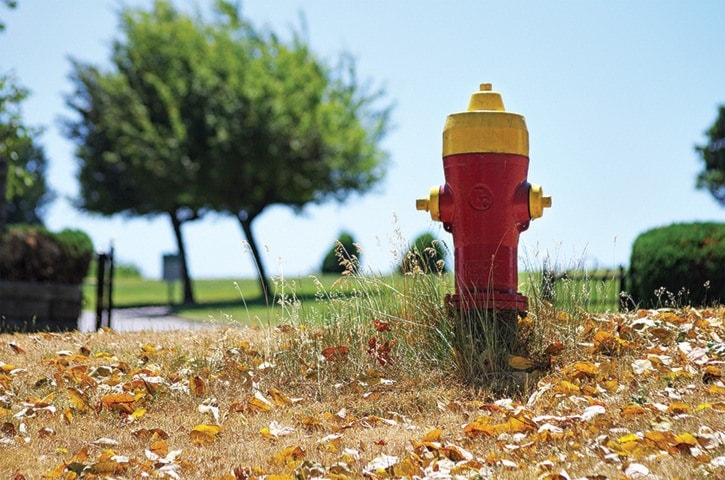Ministry of Forests, Lands and Natural Resource Operations is urging residents on Vancouver Island and the Gulf Islands to cut water consumption.
The ministry announced Monday that most streams and rivers are already at low flow rates and recent short-lived precipitation has left the region in a Level 3 hydrological drought condition, which calls for voluntary water use reductions of 30 per cent from all municipal, agricultural and industrial users, except for systems supported by lakes, reservoirs or groundwater.
The region which will likely experience significant water supply shortages in 2016 includes southern Vancouver Island, south of Tofino on the west coast and Campbell River on the east coast, and the Gulf Islands, unless there is substantial precipitation throughout June.
“I would say the canary in the coal mine, which probably prompted that is the Cowichan River,” said Julie Pisani, Regional District of Nanaimo drinking water and watershed protection program coordinator.
The Cowichan River is at less than 20 per cent of its normal median flow for this time of year. It’s a similar tale for other rivers in the region.
Low water levels can hinder salmon runs to spawning grounds, raise disease susceptibility and cause fish to be stranded in shallow pools and die from lack oxygen and high water temperatures. Partial or complete recreational fishing stream closures could happen this summer.
Closure dates and a list of affected streams can be found at http://bit.ly/19a6xk2.
Groundwater measurements from provincial observation wells show half the wells are below normal seasonal levels. Shallow wells connected to streams are might go dry earlier than usual this year. Well owners are urged to use less groundwater and rely on stored water.
Pisani said the Jump Lake and Arrowsmith Lake reservoirs are both at 100 per cent capacity, so for now there’s lots of water, but through April and May the region only received 40 per cent of its normal precipitation. The snow pack above Jump Creek is 93 per cent below normal – still better than 2015’s 99 per cent below normal – due to an earlier than normal snow melt in April.
“Even though we had better snow accumulation through the winter, the warm weather has melted the snow that did accumulate … so that translates into stream flows being lower than normal as well,” Pisani said.
Residential, agricultural and industrial users are asked to obey conservation bylaws and all water users should ensure water system intakes are screened to prevent fish being sucked into them.
Conservation is voluntary, but Pisani said restrictions could be imposed if users aren’t thrifty with their water and, so far, demand is up over last year because of a warm spell in April.
Water conservation tips:
At home:
Limit outdoor watering.
Don't water during the heat of the day or when windy.
Plant drought-tolerant vegetation.
Take shorter showers and nstall water-efficient shower heads and toilets.
Don't leave the taps running.
On farms:
Start an irrigation scheduling program using real-time weather
data.
Schedule irrigation to match crop needs and soil storage capacity.
Improve water system efficiencies and check for leaks.
Focus on high value crops and livestock.
Industry:
Reduce non-essential water usage.
Recycle water used in industrial operations and use water-efficient methods and equipment.
For more B.C. drought information, please visit http://bit.ly/1RGDIKR.
